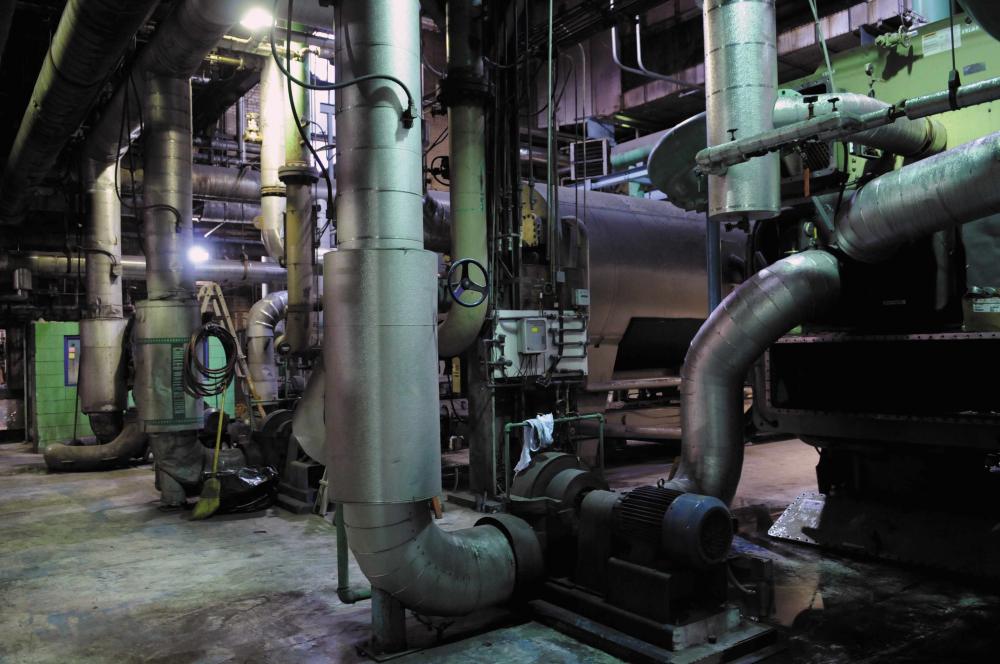Another look at the coal plant
[Originally published by Vanderbilt Student Communications in InsideVandy]
By Simon Hirsch
 President Barack Obama’s inauguration last month and a December coal spill in Kingston, Tenn. both may lead to an increased focus on campus coal safety.
President Barack Obama’s inauguration last month and a December coal spill in Kingston, Tenn. both may lead to an increased focus on campus coal safety.
Obama’s energy plan aims to simultaneously provide short-term relief to American families, eliminate current imports from the Middle East and Venezuela and create green jobs for Americans.
Currently, Obama’s policy calls for the implementation of an economy-wide cap-and-trade program, which provides economic incentives to achieve emissions reductions. The president’s plans call into question the energy efficiency of Vanderbilt University, which harnesses energy from coal as the means of fueling the campus.
Coal is an extremely cheap and efficient fuel source, according to Mark Petty, assistant vice chancellor of operations, and Mike Vandenbergh, professor of law and director of the Climate Change Research Network. But improper storage of coal ash – the toxic byproduct of coal burning – can result in events similar to the recent ash spill in Kingston, Tenn., which caused high concentration levels of toxins to enter the environment.
Vanderbilt’s single coal burning plant, complete with three coal-fired boilers, provides heating and cooling services to 5.8 million square feet of academic, administrative, residential and recreational space. It also provides grounds care for 330 acres to protect the university’s registered arboretum, turf care for athletic fields and utilities services for the Vanderbilt University Medical Center.
The Vanderbilt plant combines coal and exhaust heat to deliver electricity throughout the premises.
“(Coal is) a very viable fuel source, especially compared to natural gas, coal is at least 50 percent cheaper per BTU,” said Petty.
Coal’s attractiveness as a fuel source stems from the fact that the coal source is usually located near its destination, which makes coal transport more efficient. Close proximity is why 50 percent of the electricity produced in America is produced with coal. The plants at Vanderbilt receive their coal from eastern Kentucky, Petty said.
“Coal is cheap as currently priced and is useful to heat and cool buildings,” said Vandenbergh.
While coal provides the Vanderbilt community with an invaluable source of energy, the ash spill at Tennessee Valley Authority’s Kingston Fossil Plant on Dec. 22 is an example of possible coal-related problems.
According to Petty, coal contains several heavy metals and when burned these metals are concentrated into ash as levels much higher than found in the natural enviorment.
“In Kingston, Tenn., the ash had been collected for over 50 years, which had created a considerable amount. It was placed in a retaining pool and flooded to control fly ash. When the retaining walls gave way, the sludge containing the concentrated heavy metals washed over a rather large area and the river. The heavy metals were deposited across the land, river and wells in dangerous levels,” Petty said.
The situation in Kingston raises questions about the safety of being on a campus energized by a coal-burning plant, but Petty said the ash – the source of the environmental problems – is not kept on campus.
“Vanderbilt sells its ash to a mulch company, which uses it as an adder to their mulch. We do not store our ash on campus or anywhere else,” Petty said.
Vandenbergh, however, said he thinks the recent events in Kingston should serve as an example of the potential consequences of coal burning.
“Why are we using and wasting so much coal-based electricity? (The coal-ash release in Kingston) is important as a reminder that the full cost of storing coal ash waste and of the harms from CO2 production, which are not being paid for in current dollars, but we will pay for the environmental consequences in the future,” he said.

Leave a Response